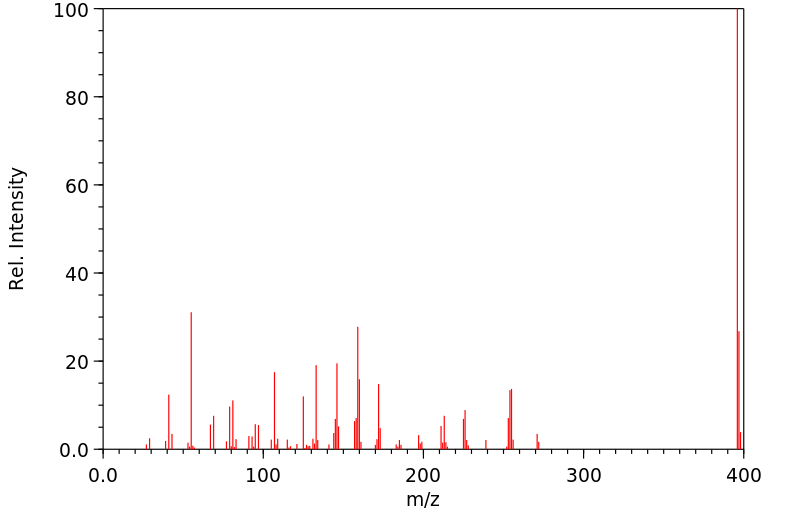代谢
外源性雌激素的代谢方式与内源性雌激素相同。循环中的雌激素存在于代谢相互转换的动态平衡中。这些转换主要发生在肝脏。雌二醇可以可逆地转化为雌酮,两者都可以转化为雌三醇,后者是主要的尿液代谢物。雌激素还通过肝脏中的硫酸盐和葡萄糖醛酸苷结合、胆汁分泌结合物到肠道中、肠道中的水解以及随后再吸收,经历肠肝循环。在绝经后女性中,循环中的雌激素有很大一部分以硫酸盐结合物存在,尤其是雌酮硫酸盐,它作为循环储备物用于形成更具活性的雌激素。
Exogenous estrogens are metabolized in the same manner as endogenous estrogens. Circulating estrogens exist in a dynamic equilibrium of metabolic interconversions. These transformations take place mainly in the liver. Estradiol is converted reversibly to estrone, and both can be converted to estriol, which is the major urinary metabolite. Estrogens also undergo enterohepatic recirculation via sulfate and glucuronide conjugation in the liver, biliary secretion of conjugates into the intestine, and hydrolysis in the gut followed by reabsorption. In postmenopausal women, a significant proportion of the circulating estrogens exist as sulfate conjugates, especially estrone sulfate, which serves as a circulating reservoir for the formation of more active estrogens.
来源:DrugBank







